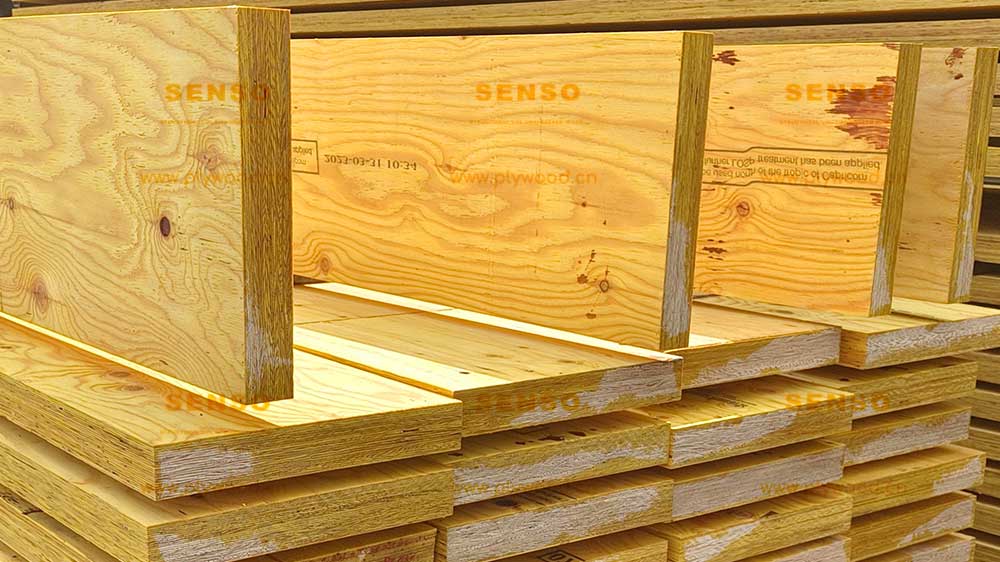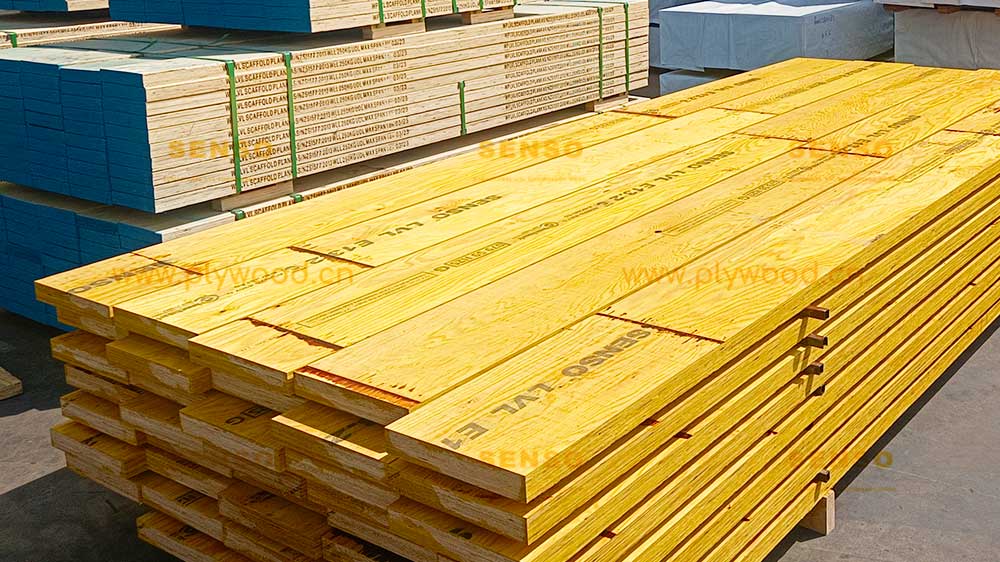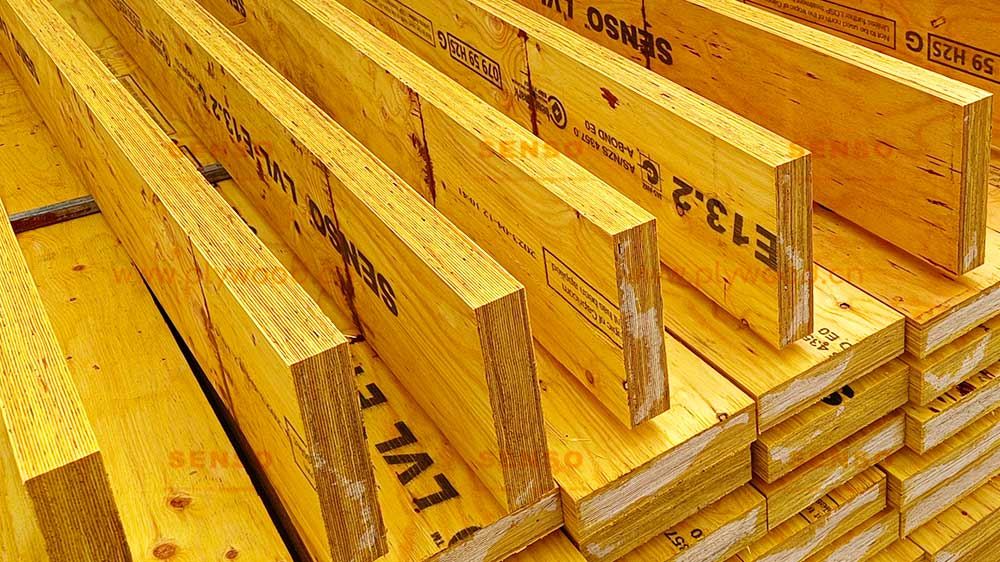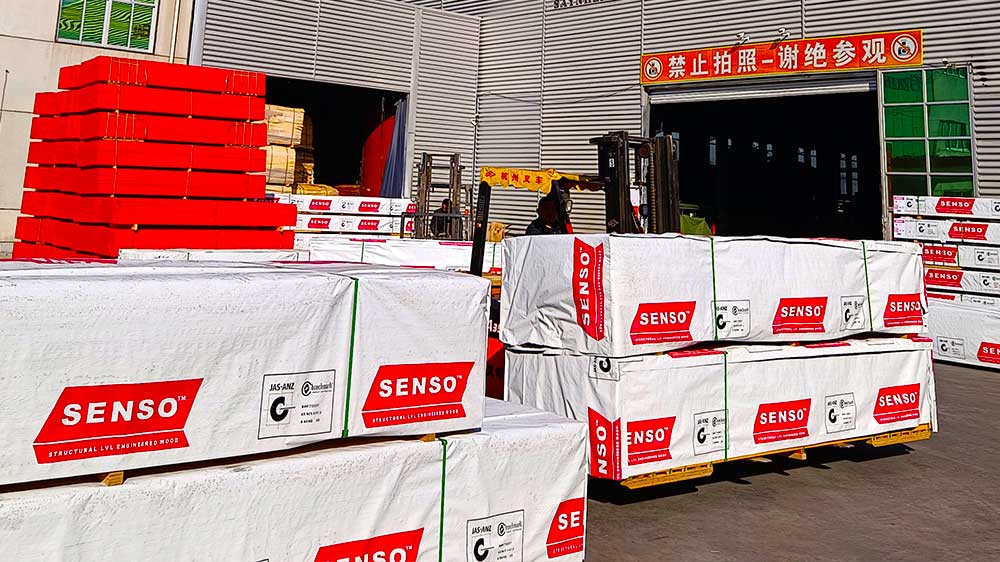An Introduction to the Timber Beam Revolution
The Backbone of Construction
If you’ve ever walked past a construction site, chances are you’ve seen Timber Beam in action. Far from ordinary, these structural elements are setting new standards in Australia and New Zealand’s construction sector. Let’s dive into what makes this Timber Beam technology so groundbreaking.

Timber Beam Is A Leap in Material Science
A Timber Beam isn’t just any wood; it’s often an Laminated Veneer Lumber (LVL) beam, an engineering marvel that combines layers of wood for unparalleled strength and stability. With the evolution of material science, this is no longer your grandfather’s piece of lumber.
The Technology Behind LVL Timber Beam
A Symphony of Layers
What makes an LVL Timber Beam special is its unique layered construction. Thin layers of wood veneer are glued together under pressure, forming a composite material with strength comparable to steel. Imagine a symphony where each instrument plays a role; similarly, each layer contributes to the overall structural integrity.
Production Precision
Precision is key in LVL Timber Beam production. The wood is sourced sustainably, and each veneer layer is scrutinized for defects. By removing any inconsistencies, producers ensure the final product performs reliably under various stress conditions.
Why Choose Timber Beam?
The Green Choice
Sustainability is more than a buzzword; it’s a necessity. Timber Beam, particularly LVL ones, often come from managed forests. These forests are replanted to make the production cycle more sustainable. Opting for LVL beams can contribute to a greener construction footprint.
Versatility Unveiled
With the capability to be cut, sawn, and drilled into various shapes and sizes, Timber Beam provide an unprecedented level of design freedom. Whether it’s a residential home or a large commercial complex, these beams can be tailored to fit almost any architectural requirement.
Timber Beam Affordability Meets Quality
Often, choosing an eco-friendly option means compromising on cost. However, due to efficient production methods, LVL Timber Beam deliver not only on quality but also affordability. Compared to traditional materials like concrete or steel, LVL beams can be a cost-effective choice without sacrificing performance.

Timber Beam Cutting-Edge Applications in Australia and New Zealand
Earthquake-Resilient Structures
In countries like New Zealand, where seismic activity is a concern, the flexibility and strength of LVL Timber Beam can make a significant difference. Their natural ability to absorb and distribute energy makes them a go-to choice for earthquake-resistant structures.
Iconic Landmarks
Australia’s iconic landmarks like the Sydney Opera House also have Timber Beam in their construction DNA. As the industry evolves, these beams are likely to play a role in shaping future architectural marvels in the region.
This has been an eye-opening tour through the world of Timber Beam technology and its transformative role in the building sectors of Australia and New Zealand. As we’ve seen, from their technology to their applications, these beams are more than just wood; they’re the future of construction.
The Growing Demand for Timber Beam
A Market on the Rise
In both Australia and New Zealand, the construction industry has been showing a steady appetite for timber beams. This is not surprising considering the blend of quality, durability, and environmental sustainability these beams offer. Analysts predict a sustained upward trajectory in demand, particularly for LVL beams, which are finding applications in diverse sectors from housing to civil engineering.
Regulatory Tailwinds
Various local and national building codes in both countries are also giving a nod to the use of Timber Beam. Structural LVL often meet or exceed regulations related to fire resistance and structural integrity, making them a favorable choice among developers and architects.
Advancements in Timber Beam Technology
Coatings and Treatments
One might wonder, what’s next for Timber Beam? Well, the future looks bright with ongoing research in coatings and treatments. Special fire-resistant and pest-resistant coatings are in development, which will further broaden the applications and durability of these beams.

Case Studies: Real-World Applications
Retrofitting Older Buildings
In cities like Melbourne and Wellington, older buildings are getting a new lease on life with the incorporation of Timber Beam. These LVL beams provide the needed structural support, enabling older structures to meet modern safety standards. It’s a win-win scenario: historical preservation meets contemporary engineering.
Commercial Complexes and Open Spaces
Commercial buildings are increasingly adopting Timber Beam for their aesthetic appeal and open-space capabilities. The strength of LVL beams allows for expansive open areas without the need for bulky support columns, thus enhancing the utility and aesthetics of commercial spaces.
Educational Institutions
Schools and colleges in both Australia and New Zealand are also seeing the benefits. The use of LVL timber in educational buildings creates a warmer, more inviting environment, which studies suggest can positively influence student performance and well-being.
Environmental Impact and Certifications
Chain of Custody Certification
Responsible sourcing of wood for LVL Timber Beam is a priority in the industry. Many producers follow a chain of custody certification to ensure the timber is sourced from well-managed forests. This transparency aids both producers and consumers in making ethical choices.
Carbon Neutral Goals
As part of the ongoing commitment to environmental sustainability, some timber beams producers aim for a carbon-neutral production process. This involves various strategies such as utilizing renewable energy in manufacturing and participating in carbon offset programs.
We’ve covered a lot of ground, from technological advancements to real-world applications and the future possibilities of Timber Beam. These beams are shaping not just buildings but also the environmental and ethical landscape of the construction industry.
Sourcing Timber Beam: What to Consider
Quality and Certification
When it comes to selecting a structural LVL, especially an LVL one, quality cannot be compromised. Look for beams that have undergone rigorous testing and come with certifications. ISO standards and local building codes should be a part of your checklist.
The Importance of Local Sourcing
Local sourcing can be a win-win for both the consumer and the environment. Not only does it reduce the carbon footprint due to transportation, but it also helps boost the local economy. In Australia and New Zealand, there are several reputable producers committed to both quality and sustainability.
How to Install and Maintain
Installation Best Practices
While LVL timber are designed for easier installation compared to steel or concrete, it’s crucial to follow best practices. Incorrect installation can compromise the integrity of the structure. Therefore, always consult with experienced engineers and adhere to the manufacturer’s guidelines.
Maintenance and Longevity
Another advantage of LVL beam is their relatively low maintenance. A well-installed and treated LVL beam can last for decades with minimal care. Regular inspections for wear and tear, however, are recommended.
Common Misconceptions Debunked
Myth: Timber is Weak
Many might think that timber can’t possibly be as strong as steel. However, LVL Timber Beam have proven this to be a misconception. Due to their layered structure and engineering, these beams can provide comparable strength and are often more flexible, which is an asset in areas prone to natural disasters.
Myth: Timber Beam are Expensive
While the upfront cost of high-quality timber beams can be higher than conventional materials, their long lifespan and low maintenance make them a cost-effective choice in the long run. Furthermore, the ease and speed of installation can result in lower labor costs.
Community and Social Impact
Job Creation
The growing demand for Timber Beam is also contributing to job creation. From forestry to manufacturing and construction, the structural LVL ecosystem offers employment opportunities across various skill sets.
Educational Outreach
Many producers and organizations are engaged in educational programs, aimed at not just professionals but also the general public. These programs offer insights into the benefits and applications of LVL timber, thereby widening the circle of informed users and advocates.
Timber Beam Frequently Asked Questions
How Do I Choose the Right Timber Beam?
Choosing the right Timber Beam depends on the project’s requirements. Factors like load-bearing capacity, length, and environmental conditions should be considered. Consulting a structural engineer is often the best course of action.
Are Timber Beam Safe for Residential Use?
Absolutely. In fact, Timber Beam are ideal for residential use due to their strength, aesthetic appeal, and eco-friendly nature. Just ensure you’re purchasing from reputable sources that adhere to safety and quality standards.
Can Timber Beam be Customized?
Yes, Timber Beam, particularly LVL beams, offer a high degree of customization. They can be cut and shaped to meet specific architectural designs, making them suitable for a wide range of applications.
The Road Ahead: Innovations and Trends
Digital Tools and Timber Beam
The construction industry is increasingly embracing digital tools like Building Information Modelling (BIM). In the context of LVL beam, BIM allows for more precise planning and resource management, elevating the efficiency and effectiveness of using these materials.
Combining with Other Materials
Innovation doesn’t stop at Timber Beam alone; the industry is exploring how to synergize these beams with other materials like steel and concrete. This hybrid approach aims to leverage the strengths of multiple materials for even more robust and versatile construction solutions.
Research and Development: A Glimpse into the Future
The sky’s the limit when it comes to the future of timber beams, especially with ongoing research. From testing new types of adhesive for laminating veneers to experimenting with wood sourced from alternative tree species, research and development are fueling the structural LVL revolution.
Health and Safety: An Integral Aspect
Fire Safety Measures
While LVL timber are generally robust and durable, fire safety is an essential consideration. Innovative treatments are making these beams increasingly fire-resistant, adhering to stringent safety guidelines and ensuring peace of mind for consumers.
Worker Safety in Installation
The installation of LVL beam is generally considered less hazardous than that of steel or concrete counterparts. However, adhering to safety protocols during installation is crucial. Adequate training and safety gear can ensure a risk-free environment for construction workers.

SENSO Timber Beams More Than Just a Beam
Timber Beam, particularly Laminated Veneer Lumber beams, have evolved into a cornerstone of modern construction in Australia and New Zealand. From technological innovations to environmental benefits, these beams are much more than mere structural elements. They represent an eco-conscious, durable, and efficient choice that is steadily redefining construction norms.
These beams are not just meeting the demands of today; they’re being engineered for the future. Whether it’s the promise of digital integration or the ongoing research into new forms and functionalities, timber beams stand as a testament to human ingenuity. They are an answer to many challenges, offering sustainable, economical, and resilient solutions that are reshaping our built environment.
In a nutshell, the Timber Beam is more than just a piece of wood; it’s a symbol of a sustainable, efficient, and innovative future in construction.
Post time: Jan-17-2024

